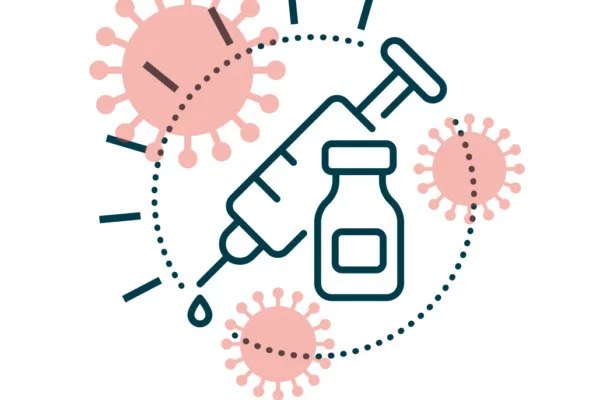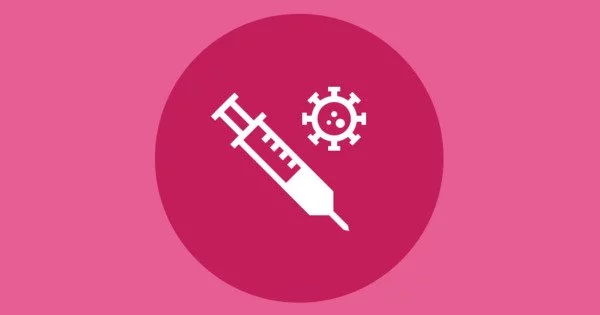Researchers have developed a new method for effectively delivering vaccines via the nose, which could lead to improved protection against diseases such as HIV and COVID-19. An assistant professor at the University of Minnesota is part of a team that has developed a new method for effectively delivering vaccines through mucosal tissues in the nose, which could lead to improved protection against pathogens such as HIV and SARS-CoV-2, the virus that causes COVID-19.
The researchers tested the technology on mice and nonhuman primates and discovered that the vaccine elicited strong immune responses, paving the way for further research and development of nasal vaccines. The study was published in Science Translational Medicine, an interdisciplinary medical journal published by the American Association for the Advancement of Science (AAAS).
Nasal vaccines, which are administered via a nebulizer or spray, have historically been difficult to produce successfully. Mucus in the nose typically clears out or breaks down vaccine components, such as protein antigens, before they can reach underlying tissues and activate the body’s immune cells.
Traditional vaccines that are injected are not usually geared toward establishing immunity in these mucosal tissues. They’re more geared toward establishing immunity in the blood – sort of like a backup defense.
Brittany Hartwell
Nasal vaccines, on the other hand, have the potential to generate even more immunity than current vaccines administered via injection with needles. This is because nasal vaccines have the potential to trigger immune responses in the exact areas of infection — the nose, mouth, and lungs — for many diseases that are transmitted through the upper respiratory system, such as COVID-19. There are some nasal vaccines available, but most use live attenuated pathogens, which cannot be given to immunocompromised people.
“Traditional vaccines that are injected are not usually geared toward establishing immunity in these mucosal tissues,” explained Brittany Hartwell, first author on the paper and an assistant professor in the University of Minnesota Twin Cities Department of Biomedical Engineering. “They’re more geared toward establishing immunity in the blood — sort of like a backup defense. But the idea of establishing immunity in the mucosal areas, like the nose, is that it establishes more of a frontline defense that can better protect against transmission of these diseases.”

Hartwell said that with this new vaccine, not only did they establish strong mucosal antibody responses, but they also activated really strong antibody responses in the blood. “So, it’s kind of like we’re establishing a frontline and backup defense at the same time,” she said.
Hartwell and her team have found a way to help vaccine antigens bypass the mucosal barriers in the nose by engineering them to bind onto a protein called albumin, which naturally occurs in the human body and has the ability to get around these roadblocks. The antigens could then effectively “hitchhike” on albumin to get to their destination — the immune tissues underlying in the nose — to start activating an immune response.
And, the researchers’ vaccine proved effective at generating immunity not just in the nose, but in other mucosal tissues of the body as well, which include the upper respiratory system, lungs, and genitourinary tract. The latter is especially relevant for vaccinating against a virus like HIV, which is transmitted through those sites.
“This is huge for the field of mucosal vaccination,” Hartwell said. “It demonstrates that we’ve created a vaccine capable of overcoming delivery barriers that have historically hampered the development of other mucosal vaccines. It’s especially relevant right now because we’re all living in the midst of the COVID pandemic, which is still affecting our lives. And as long as the virus spreads and transmits, it has the potential to evolve into new variants that are potentially harmful. This study demonstrates the development of a slightly different type of vaccine that could provide even better protection than what we currently have by preventing transmission, preventing us from catching and transmitting the virus to others.”
Hartwell is continuing to study and develop this new vaccine technology in her lab at the University of Minnesota Twin Cities and hopes to adapt it to other diseases and illnesses in the future.





